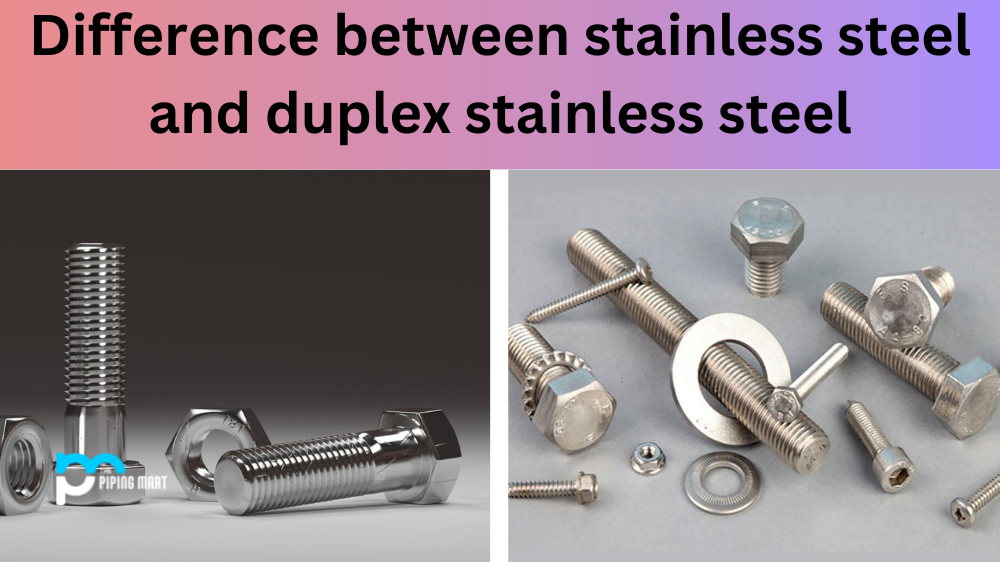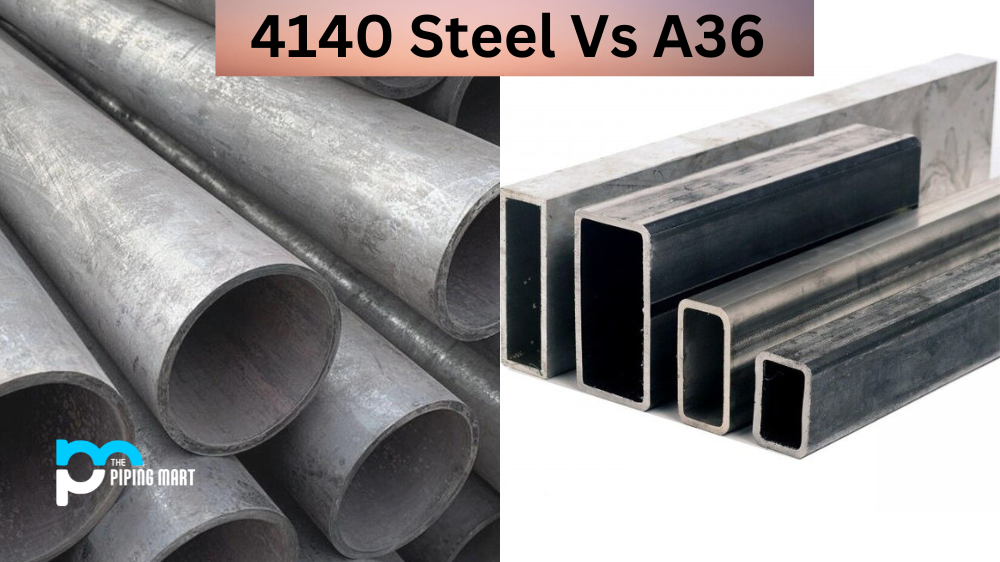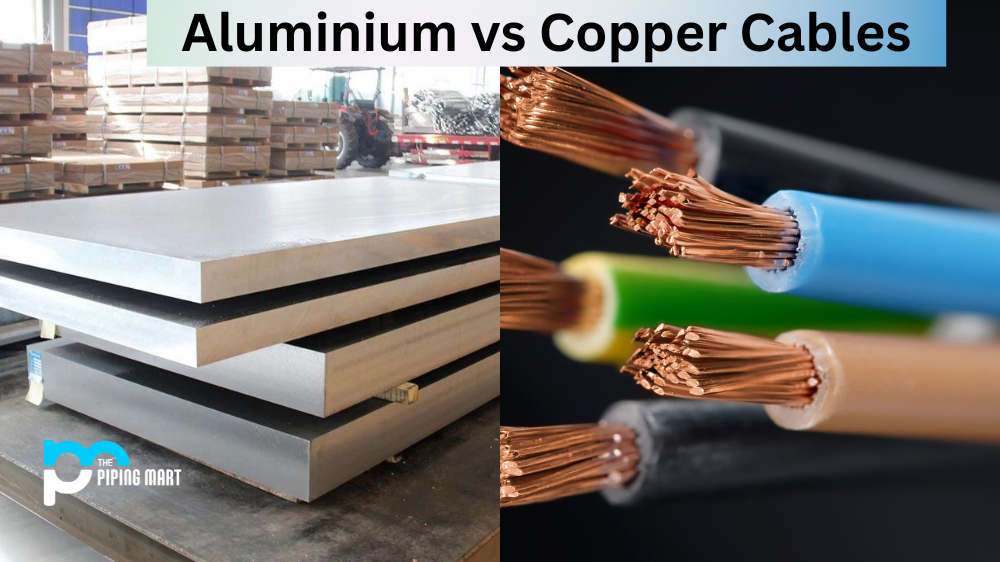Have you ever stopped to wonder what the difference is between stainless steel and duplex stainless steel? It’s a common question in the world of metallurgy, and an important one at that. Not knowing which type of material to choose for your desired application can have major implications on cost, performance, and even safety! In this blog post we’ll break down everything you need to know about these two types of steels so that you can make an informed decision about which material is best for your particular project.
What is Duplex Stainless Steel?
Duplex stainless steels are two-phase alloys with an equal proportion of ferritic and austenitic phases in their microstructure, providing a combination of austenitic stainless steel corrosion resistance and greater strength. As a result, they have a mixed microstructure of austenite and ferrite, with the goal of producing a 50/50 mix, though in commercial alloys, the ratio may be 40/60. When the carbon content is less than 0.03%, the Cr and Ni contents can be varied from 20% to 30% and 5% to 8%, respectively. Minor alloying elements contained in duplex SS include molybdenum, nitrogen, tungsten, and copper.
Duplex stainless steel is a versatile material with a wide range of applications. Its one-of-a-kind combination of properties makes it ideal for a wide range of industries and applications. Here are just a few applications for duplex stainless steel:
- Chemical processing
- Power generation
- Pulp and paper
- Desalination
- Oil and gas
What is Stainless Steel?
Stainless steel is a type of steel that contains chromium, which makes it corrosion-resistant. It’s used in everything from kitchen utensils to building materials. Stainless steel does not rust or corrode as easily as other metals, making it ideal for use in wet or humid environments.
There are many benefits to using stainless steel. It is a durable material that is resistant to rust and corrosion. It is also easy to clean and maintain.
There is a wide range of applications for stainless steel. Its durability and resistance to corrosion make it ideal for many industries, such as:
- Automotive industry
- Chemical industry
- Kitchenware
- Surgical instruments
- Construction industry
Stainless Steel Vs Duplex Stainless Steel
- Stainless steel is an alloy of iron, chromium, and nickel. It is extremely durable and corrosion-resistant. Duplex stainless steel is a newer type of stainless steel that is made from a mixture of austenitic and ferritic steel. It is also more resistant to corrosion than regular stainless steel.
- Duplex steel is more durable than stainless steel. It is also formable under pressure and has high hardness.
- The stainless steels are definitely cheaper than the duplex grades.
- Duplex steel grades require specific welding procedures, such as preheating to a specific temperature before welding and post-weld heat treating after welding. Regardless of price, duplex steels are ideal for applications requiring strength, corrosion resistance, and high-temperature resistance.
- Stainless steel is an alloy of iron, chromium, and nickel.
- Duplex stainless steel is an alloy of iron, chromium, nickel, and molybdenum.
- Stainless steel is less expensive than duplex stainless steel.
- Duplex stainless steel is more resistant to corrosion than stainless steel.
- Duplex stainless steel is stronger than stainless steel.

Pipingmart is a B2B portal that specializes in metal, industrial and piping items. Additionally, we share the latest information and information about materials, products and various types of grades to assist businesses that are involved in this business.




